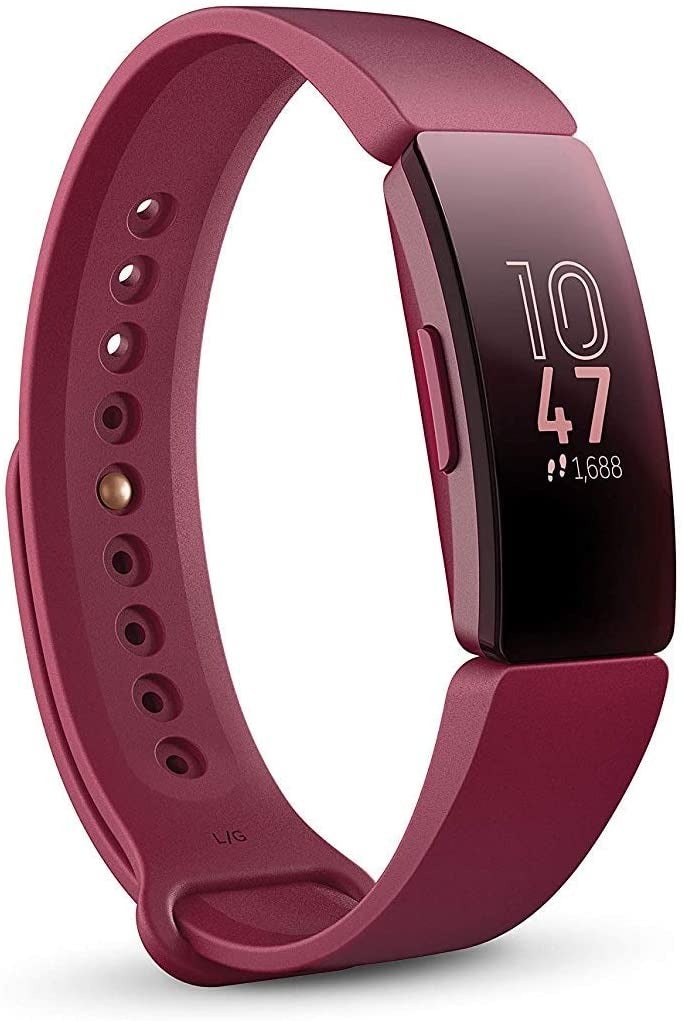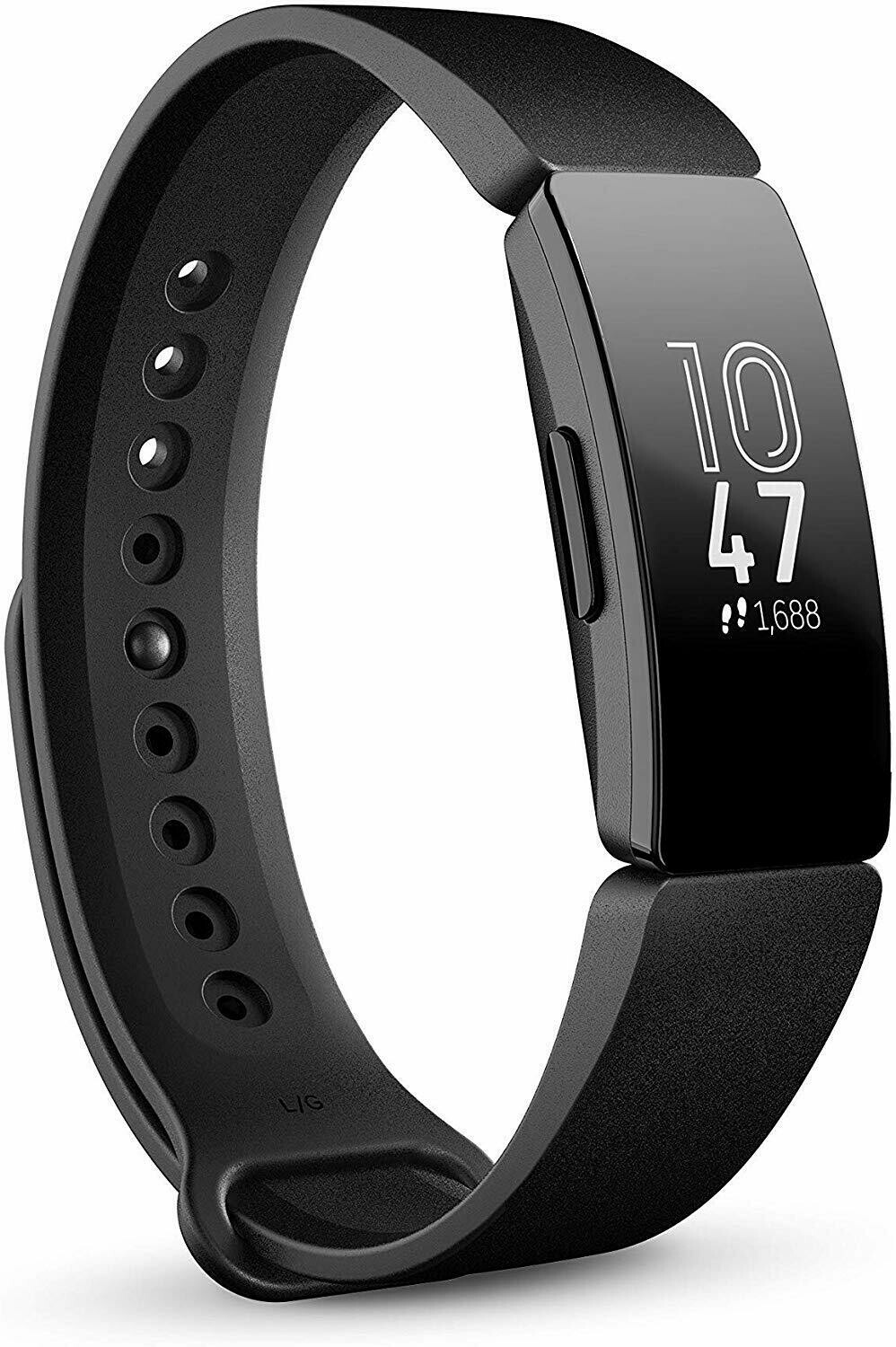
Skin temperature is the temperature on the skin's surface. This metric is the variation in your skin temperature taken from your wrist while you sleep.Ĭore temperature is the temperature inside your body, which is usually taken with a thermometer. A significant drop in HRV may indicate that your body is experiencing stress, strain, or showing potential signs of illness.įor more information, see How do I track heart rate with my Fitbit device? Studies show that a higher HRV is linked with better health. Age, sex, sleep, hormones, circadian rhythm, and other factors (for example, caffeine or alcohol intake, exercise, and stress) can affect HRV. We use the common formula called the RMSSD to determine heart-rate variability (HRV) from your heart-rate data.

Your autonomic nervous system (ANS) determines the timing of each heartbeat. If your heart rate is 60 beats per minute (bpm), it doesn’t mean that your heart beats once a second. This metric is the variation in time between heartbeats. Typically, your average breathing rate during sleep won’t vary significantly from night to night.įactors that can affect breathing rate include age, sex, weight, lung and heart conditions, anxiety, and fever.įor more information, see How do I track breathing rate in the Fitbit app? Track your average breathing rate during sleep to help you assess your overall well-being. Typically, breathing rate is 12-20 breaths per minute.

Your body usually adjusts your breathing rate to help you get enough oxygen. This metric is the number of breaths you take per minute.


 0 kommentar(er)
0 kommentar(er)
